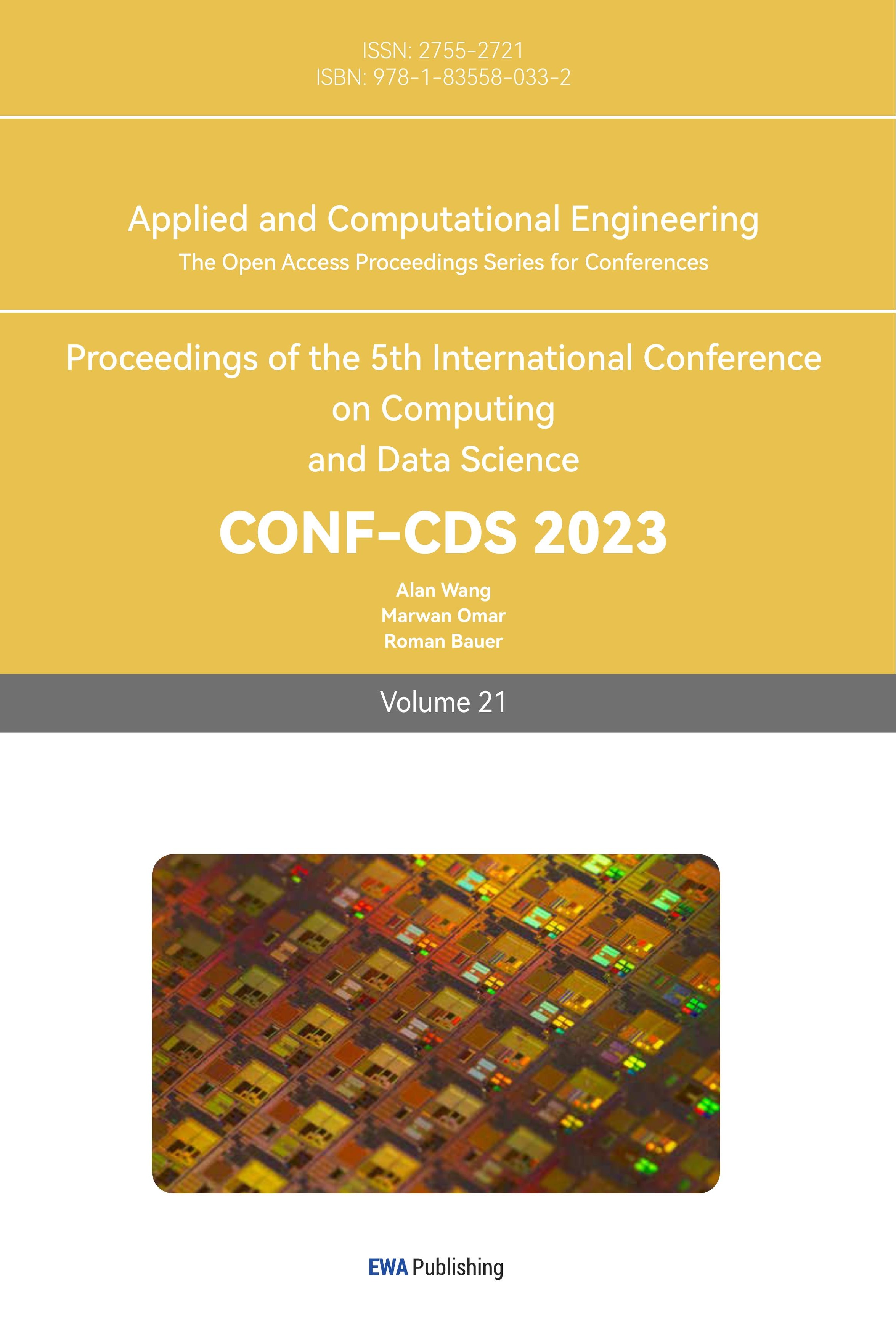References
[1]. Kalvankar S Hrushikesh P and Pranav P 2020 Galaxy morphology classification using efficientnet architectures arXiv preprint arXiv:2008.13611.
[2]. Lintott C J 2008 Galaxy Zoo: morphologies derived from visual inspection of galaxies from the Sloan Digital Sky Survey Monthly Notices of the Royal Astronomical Society vol 389 no 3 pp 1179–1189 .
[3]. Cavanagh M K Bekki K and Groves B A 2021 Morphological classification of galaxies with deep learning: comparing 3-way and 4-way CNNs Monthly Notices of the Royal Astronomical Society vol 506 issue 1 pp 659–676 .
[4]. Shaiakhmetov D Mekuria R R Isaev R and Unsal F 2021 Morphological Classification of Galaxies Using SpinalNet 16th International Conference on Electronics Computer and Computation pp 1-5.
[5]. Dagli R 2023 Astroformer: More Data Might not be all you need for Classification arXiv:2304.05350
[6]. Andrew Y 2023 Galaxy Classification Using Transfer Learning and Ensemble of CNNs With Multiple Colour Spaces arXiv:2305.00002.
[7]. Paranhos da Costa G B 2016 An empirical study on the effects of different types of noise in image classification tasks arXiv:1609.02781.
[8]. Gondara L 2016 Medical Image Denoising Using Convolutional Denoising Autoencoders 16th International Conference on Data Mining Workshops pp 241-246.
[9]. Bajaj K Singh D K Mohd and Ansari A 2020 Autoencoders Based Deep Learner for Image Denoising Procedia Computer Science Volume 171 pp 1535-1541.
[10]. Tun N M Gavrilov A I and Tun N L 2020 Facial Image Denoising Using Convolutional Autoencoder Network 2020 International Conference on Industrial Engineering, Applications and Manufacturing pp 1-5.
[11]. AstroNN 2017 Galaxy10 DECals Dataset https://astronn.readthedocs.io/en/latest/galaxy10.html.
[12]. Dey A 2019 Overview of the DESI Legacy Imaging Surveys The Astronomical Journal vol 157 no 5
[13]. Huang G 2016 Densely Connected Convolutional Networks arXiv: 1608.06993.
[14]. Pablo Ruize 2018 DenseNet121 Structure https://towardsdatascience.com/understanding-and-visualizing-densenets-7f688092391a.
Cite this article
Fu,W. (2023). Denoising convolutional autoencoder for improving the classification performance based on noisy galaxy images. Applied and Computational Engineering,21,267-274.
Data availability
The datasets used and/or analyzed during the current study will be available from the authors upon reasonable request.
Disclaimer/Publisher's Note
The statements, opinions and data contained in all publications are solely those of the individual author(s) and contributor(s) and not of EWA Publishing and/or the editor(s). EWA Publishing and/or the editor(s) disclaim responsibility for any injury to people or property resulting from any ideas, methods, instructions or products referred to in the content.
About volume
Volume title: Proceedings of the 5th International Conference on Computing and Data Science
© 2024 by the author(s). Licensee EWA Publishing, Oxford, UK. This article is an open access article distributed under the terms and
conditions of the Creative Commons Attribution (CC BY) license. Authors who
publish this series agree to the following terms:
1. Authors retain copyright and grant the series right of first publication with the work simultaneously licensed under a Creative Commons
Attribution License that allows others to share the work with an acknowledgment of the work's authorship and initial publication in this
series.
2. Authors are able to enter into separate, additional contractual arrangements for the non-exclusive distribution of the series's published
version of the work (e.g., post it to an institutional repository or publish it in a book), with an acknowledgment of its initial
publication in this series.
3. Authors are permitted and encouraged to post their work online (e.g., in institutional repositories or on their website) prior to and
during the submission process, as it can lead to productive exchanges, as well as earlier and greater citation of published work (See
Open access policy for details).
References
[1]. Kalvankar S Hrushikesh P and Pranav P 2020 Galaxy morphology classification using efficientnet architectures arXiv preprint arXiv:2008.13611.
[2]. Lintott C J 2008 Galaxy Zoo: morphologies derived from visual inspection of galaxies from the Sloan Digital Sky Survey Monthly Notices of the Royal Astronomical Society vol 389 no 3 pp 1179–1189 .
[3]. Cavanagh M K Bekki K and Groves B A 2021 Morphological classification of galaxies with deep learning: comparing 3-way and 4-way CNNs Monthly Notices of the Royal Astronomical Society vol 506 issue 1 pp 659–676 .
[4]. Shaiakhmetov D Mekuria R R Isaev R and Unsal F 2021 Morphological Classification of Galaxies Using SpinalNet 16th International Conference on Electronics Computer and Computation pp 1-5.
[5]. Dagli R 2023 Astroformer: More Data Might not be all you need for Classification arXiv:2304.05350
[6]. Andrew Y 2023 Galaxy Classification Using Transfer Learning and Ensemble of CNNs With Multiple Colour Spaces arXiv:2305.00002.
[7]. Paranhos da Costa G B 2016 An empirical study on the effects of different types of noise in image classification tasks arXiv:1609.02781.
[8]. Gondara L 2016 Medical Image Denoising Using Convolutional Denoising Autoencoders 16th International Conference on Data Mining Workshops pp 241-246.
[9]. Bajaj K Singh D K Mohd and Ansari A 2020 Autoencoders Based Deep Learner for Image Denoising Procedia Computer Science Volume 171 pp 1535-1541.
[10]. Tun N M Gavrilov A I and Tun N L 2020 Facial Image Denoising Using Convolutional Autoencoder Network 2020 International Conference on Industrial Engineering, Applications and Manufacturing pp 1-5.
[11]. AstroNN 2017 Galaxy10 DECals Dataset https://astronn.readthedocs.io/en/latest/galaxy10.html.
[12]. Dey A 2019 Overview of the DESI Legacy Imaging Surveys The Astronomical Journal vol 157 no 5
[13]. Huang G 2016 Densely Connected Convolutional Networks arXiv: 1608.06993.
[14]. Pablo Ruize 2018 DenseNet121 Structure https://towardsdatascience.com/understanding-and-visualizing-densenets-7f688092391a.









